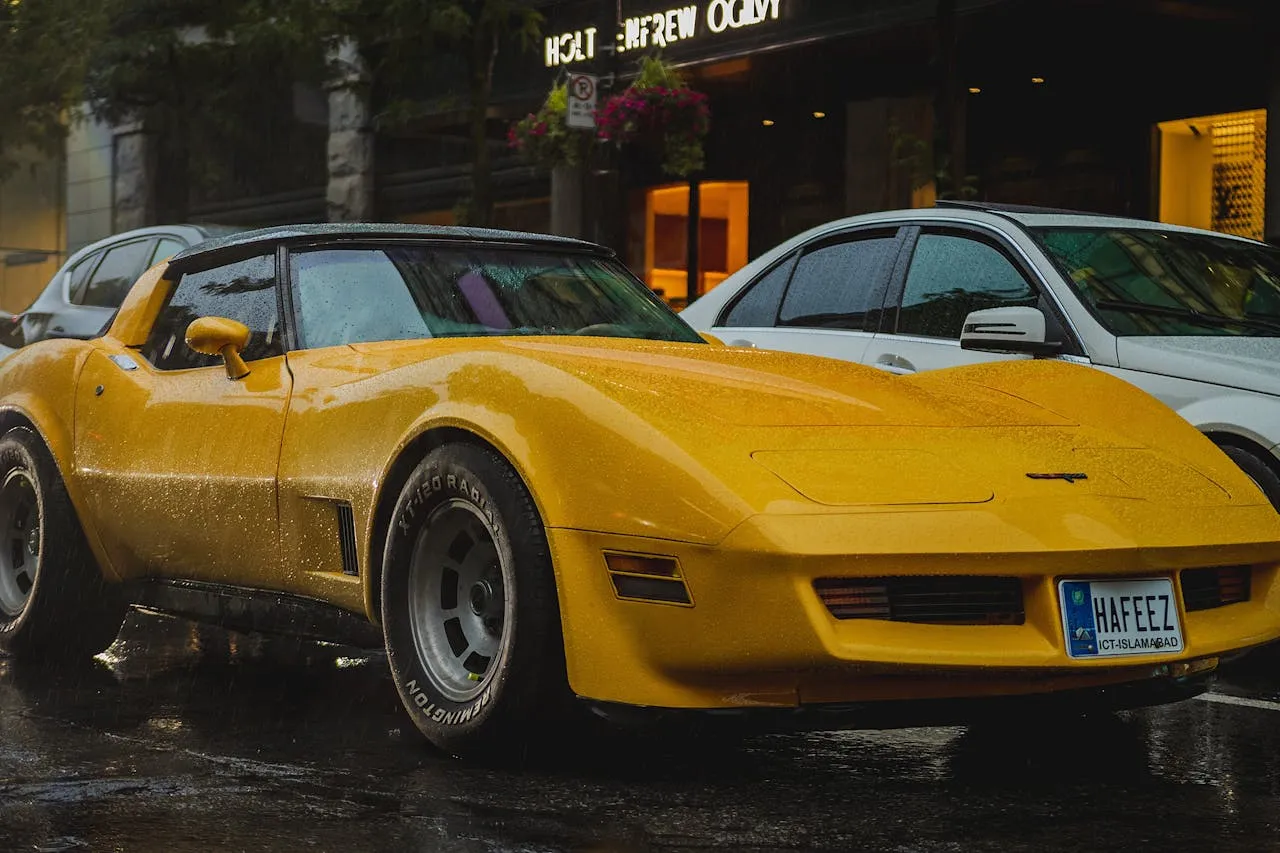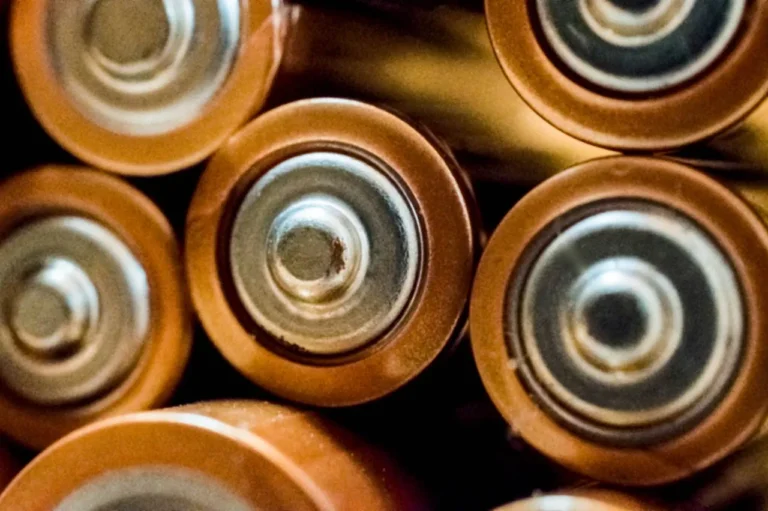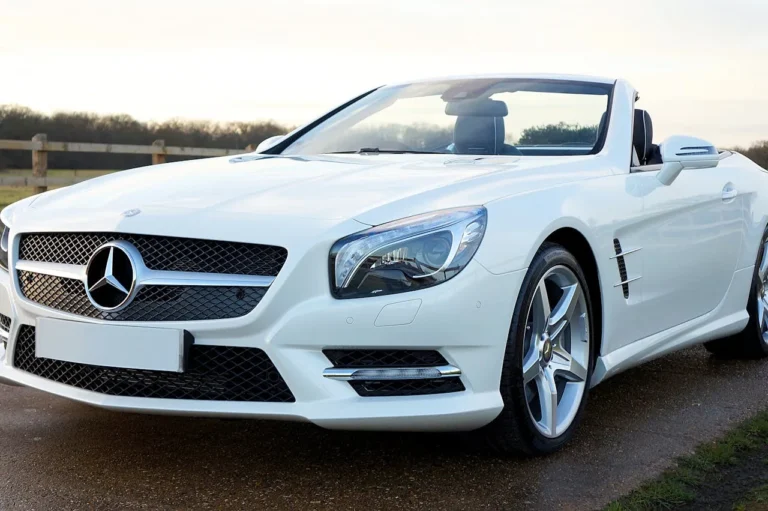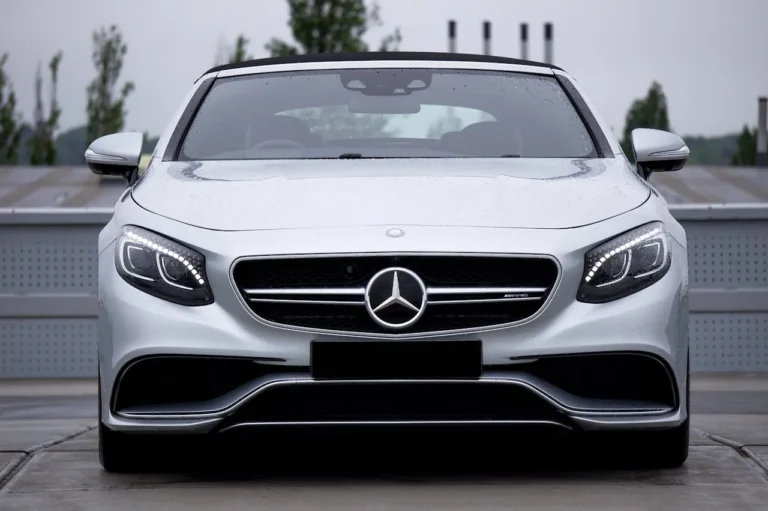
Chevrolet Unveils Southern California-Inspired Corvette Concept: A Futuristic Reimagining of an American Icon
General Motors (GM) has officially revealed the second installment in its trilogy of Corvette concept design studies slated for debut in 2025. This latest entry, dubbed the California Corvette concept, offers a bold reinterpretation of the legendary sports car, with a futuristic flair drawn directly from the vibrant culture and design language of Southern California.
Conceived and crafted at GM’s Advanced Design studios in Pasadena, California, the concept represents both a celebration of the region’s automotive heritage and an exploration of future possibilities for the Corvette brand. This one-of-a-kind hypercar showcases how design DNA rooted in American performance can evolve through global perspectives and regional sensibilities.
A New Chapter in Corvette Innovation
“Our Advanced Design teams are dedicated to shaping the future, driving innovation, and exploring what’s possible,” said Bryan Nesbitt, GM’s vice president of Global Design. “The California Corvette concept is another example of forward-thinking design. We invited multiple GM studios around the world to create Corvette-inspired hypercars — unique design studies that push the limits of imagination and engineering. The first concept was revealed by our UK studio in March. Now, the Pasadena team has followed with a complementary vision that pays tribute to Corvette’s legendary performance while infusing it with their own distinctive approach.”
This ongoing global initiative allows GM’s various design hubs to interpret the Corvette through their unique lenses. While the UK concept emphasized European performance aesthetics, the California Corvette is firmly grounded in SoCal’s fusion of innovation, motorsports, and lifestyle culture — from its sun-drenched highways to its track-day obsessions.
A Concept Born in the Heart of SoCal Car Culture
Southern California has long been recognized as a creative epicenter for automotive design, not only for its car-enthusiast community but also for its deep history of shaping trends across the global automotive landscape. GM’s design presence in the region spans nearly four decades, with the Pasadena studio serving as a strategic hub for conceptual development, innovation, and forward-looking design philosophy.
“Southern California has been at the heart of automotive and design culture for a century, and GM has had a deep design presence here for nearly 40 years,” noted Brian Smith, design director at GM Advanced Design Pasadena. “We wanted to ensure that this concept was developed through that SoCal lens — but also with a global and futuristic outlook. The duality of purpose is the core of this concept’s design strategy.”
That duality is evident in nearly every design cue of the California Corvette concept. At first glance, the hypercar retains the spirit of Corvette’s aggressive and athletic profile, but a closer look reveals a radical departure in terms of both form and function. The most dramatic feature is the single-piece, front-hinged canopy, which allows the entire upper shell of the vehicle to lift away. This transformative design element not only gives the vehicle an ultra-sleek appearance when closed but also enables it to morph into a lightweight, open-air track machine when open — delivering two experiences in one.
Design That Marries Form, Function, and Emotion
The California Corvette concept represents a masterful blend of design purity and advanced performance engineering. Its striking exterior proportions — wide at the wheels with a narrow, tapered cabin — draw from traditional Corvette styling cues while pushing them into a futuristic direction. The sharply sculpted bodywork and low, aerodynamic stance suggest speed and agility, even while standing still.
From a design perspective, the car’s silhouette and detailing hint at both digital-era influence and motorsport heritage. The design team intentionally layered elements from racing simulators and high-performance hypercars, combining those influences with Corvette’s iconic lineage to create something fresh, aspirational, and unmistakably forward-looking.
The concept’s interior design is equally radical, though purposefully minimalist. Designed with the driver as the absolute focal point, the cabin integrates structural elements directly into the visual language of the cockpit. Instead of clutter or ornamentation, there’s a stark, refined functionality that feels more like a jet fighter than a luxury sports car.
An augmented reality (AR) heads-up display is integrated into the canopy structure, showing only the most essential data during high-speed driving — including speed, trajectory, and key telemetry. This high-tech interface is designed to minimize distractions and enhance situational awareness, especially during competitive driving scenarios or simulated racing environments.
A Showcase of GM’s Design Capabilities
The Pasadena facility that brought the California Corvette to life is a 148,000-square-foot campus spread across three buildings. It houses around 130 staff members, including experts in design, creative development, sculpting, fabrication, and advanced modeling. It’s a fully capable facility, equipped not only to sketch and visualize but also to build full-scale physical prototypes. It plays a critical role in GM’s larger global design network, which includes studios in Detroit, Seoul, Shanghai, the UK, and Los Angeles.
The California Corvette concept is more than a flashy showpiece — it’s a symbol of what GM’s distributed innovation model can achieve. By encouraging regional design centers to pursue independent ideas under a unified brand vision, the company fosters creative competition while cultivating new ideas that may shape the future of its vehicle lineup.
While this specific concept is not slated for production, GM executives have hinted that design elements, technologies, or philosophies introduced in these studies may influence future Corvettes or even other performance models across the General Motors portfolio.
A Glimpse Into the Future of the Corvette Legacy
As the second of three concept studies to be revealed in 2025, the California Corvette sets the stage for a dynamic rethinking of Corvette’s role in the evolving automotive world. In an era defined by electrification, autonomy, and digital mobility, GM is demonstrating that emotional design, performance heritage, and innovation can — and must — go hand in hand.
What’s especially notable about this concept is that it reflects more than just an aesthetic direction — it suggests a vision where personalization, transformation, and regional identity play a bigger role in car design. The California Corvette doesn’t just drive like a dream; it embodies a dream — the dream of freedom, performance, and future-facing innovation that Southern California has come to represent for generations of car lovers.
As GM continues to roll out its global Corvette design trilogy, one thing is clear: the legacy of America’s most iconic sports car is being boldly redefined — not just in Detroit, but in studios across the globe. With each concept, the brand embraces a new chapter of design leadership, cultural relevance, and engineering possibility.
And in the sun-soaked hills of Southern California, that future looks especially bright.








